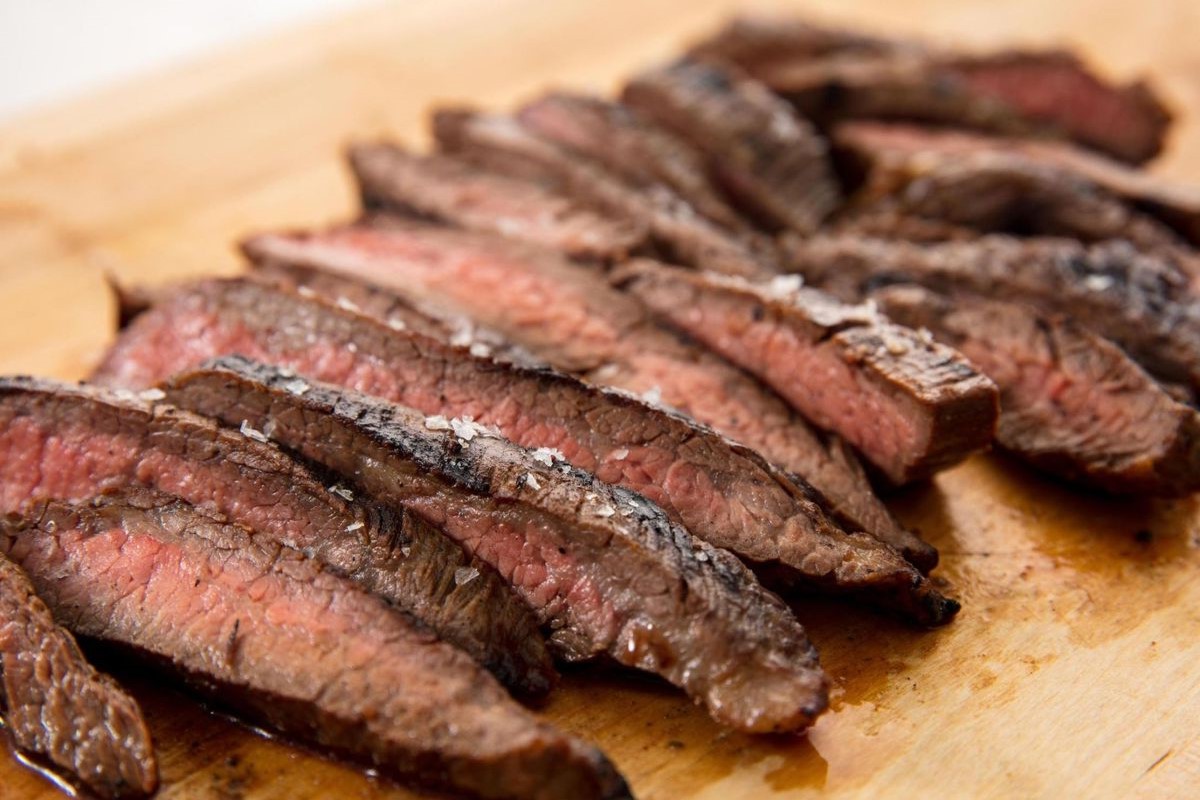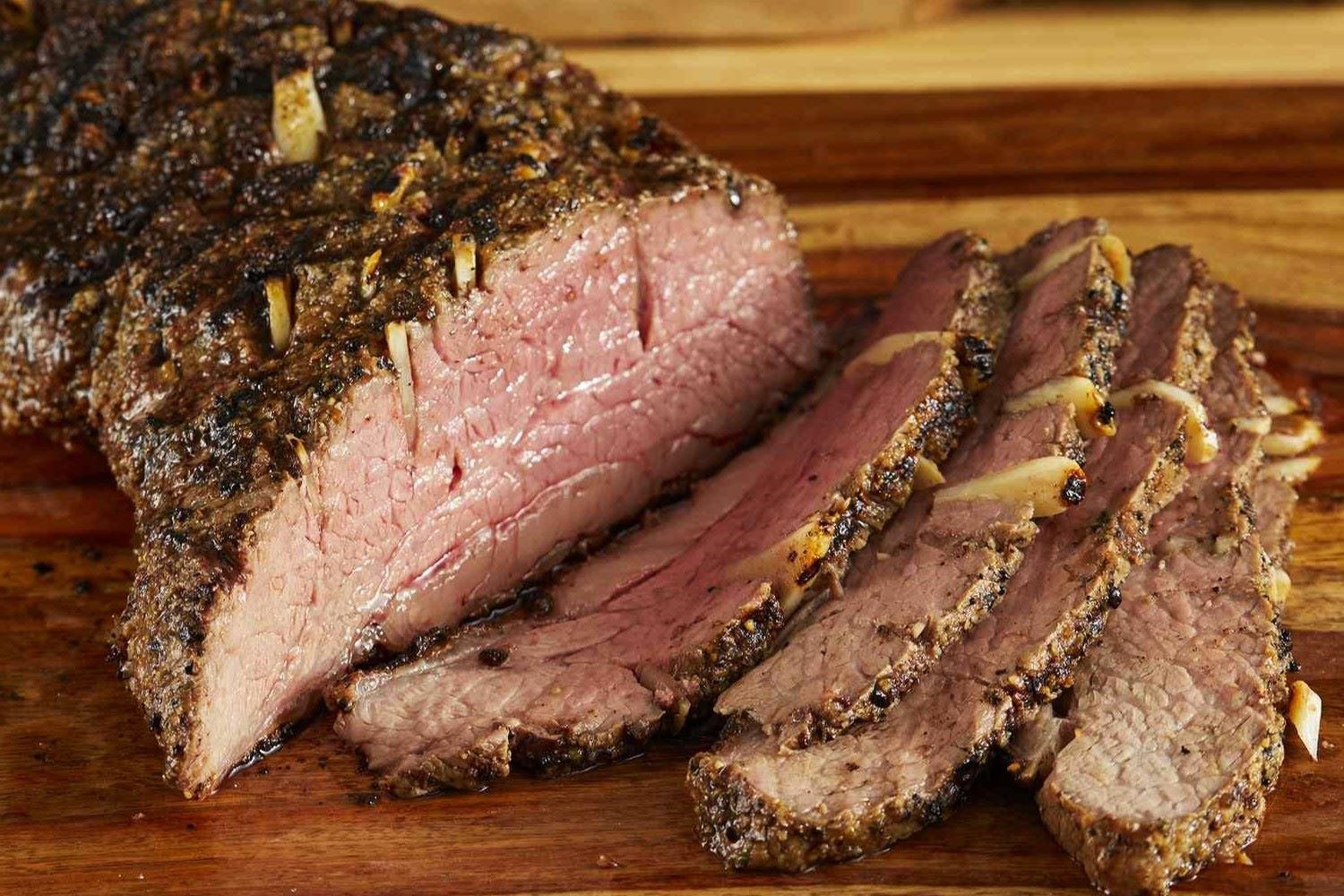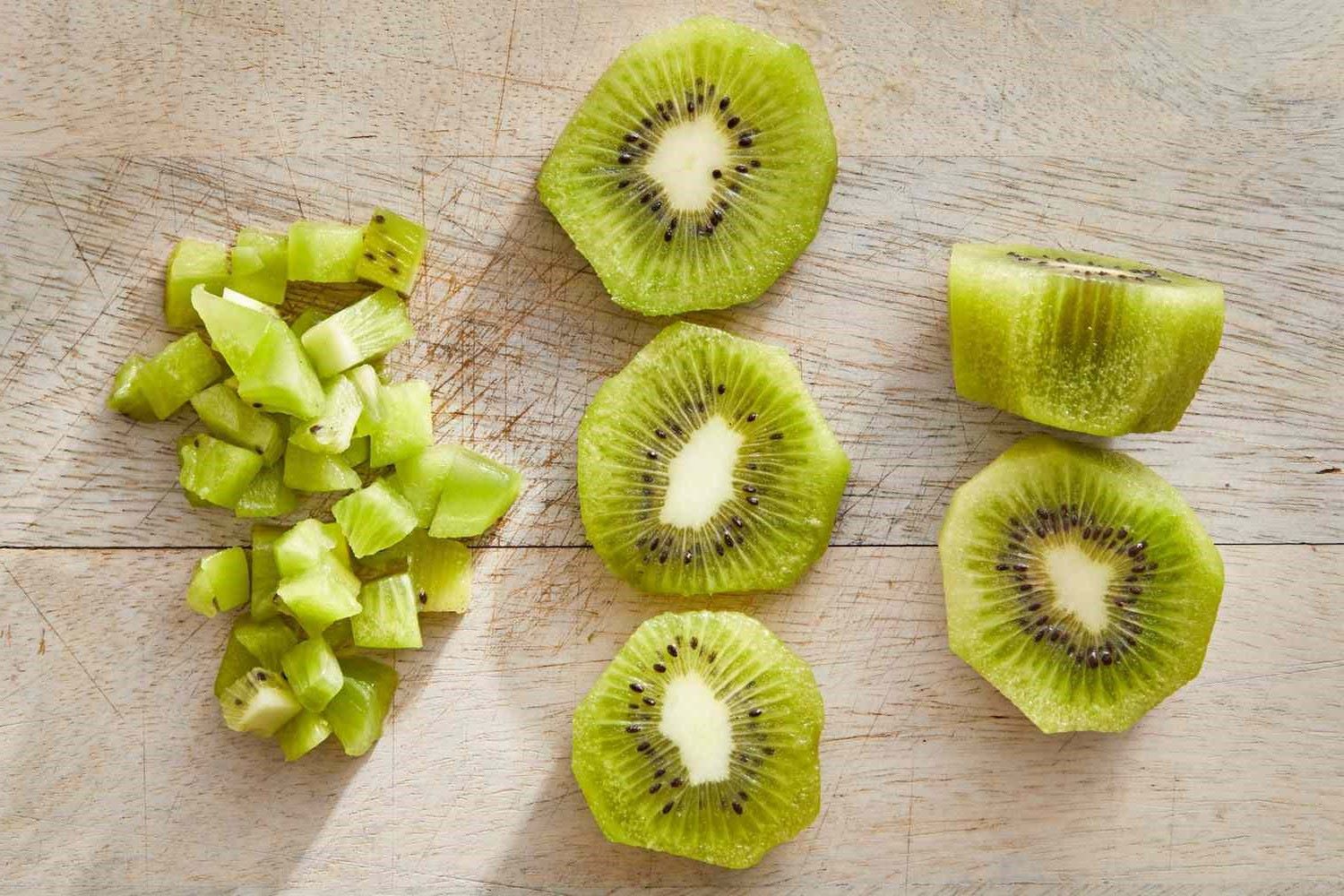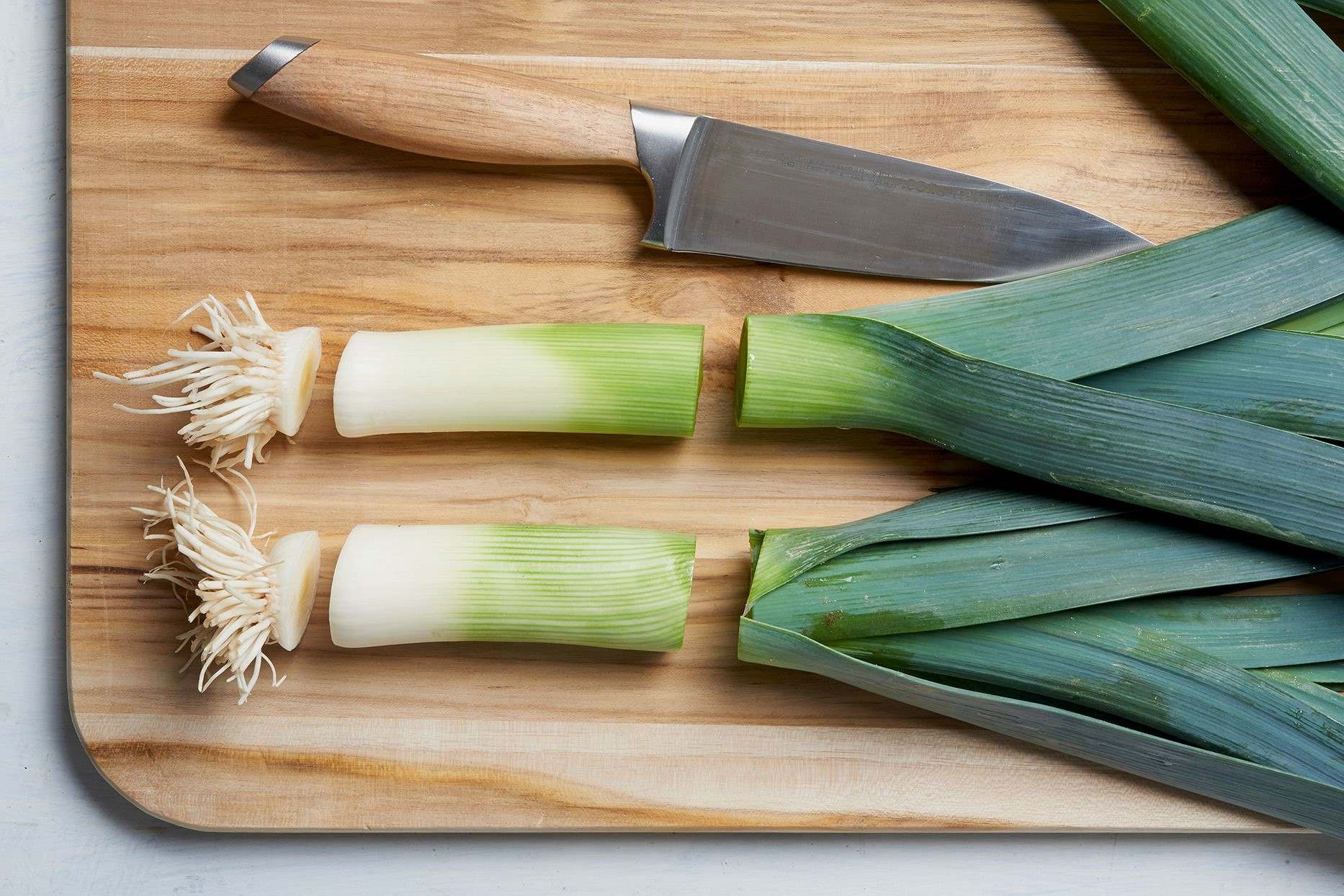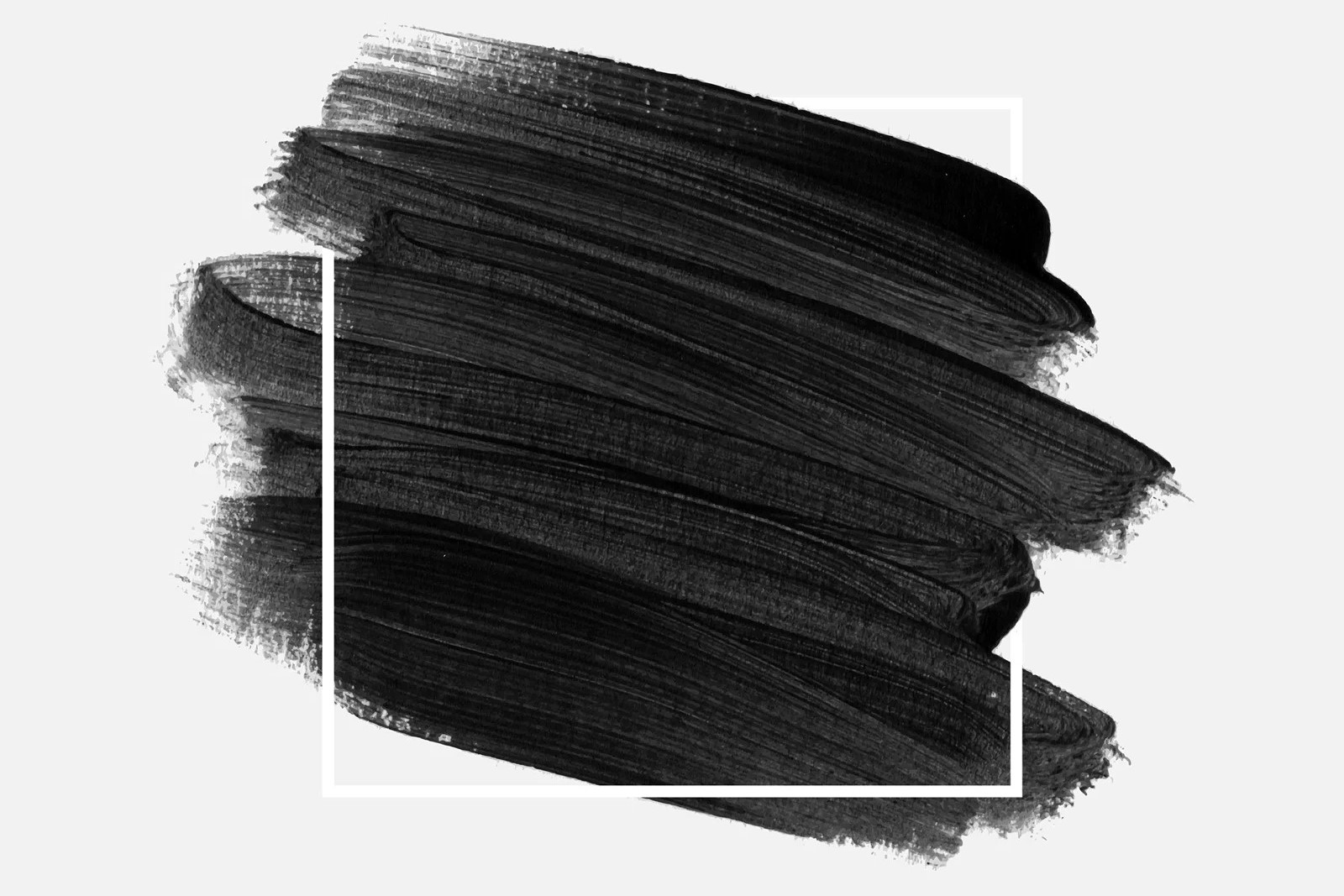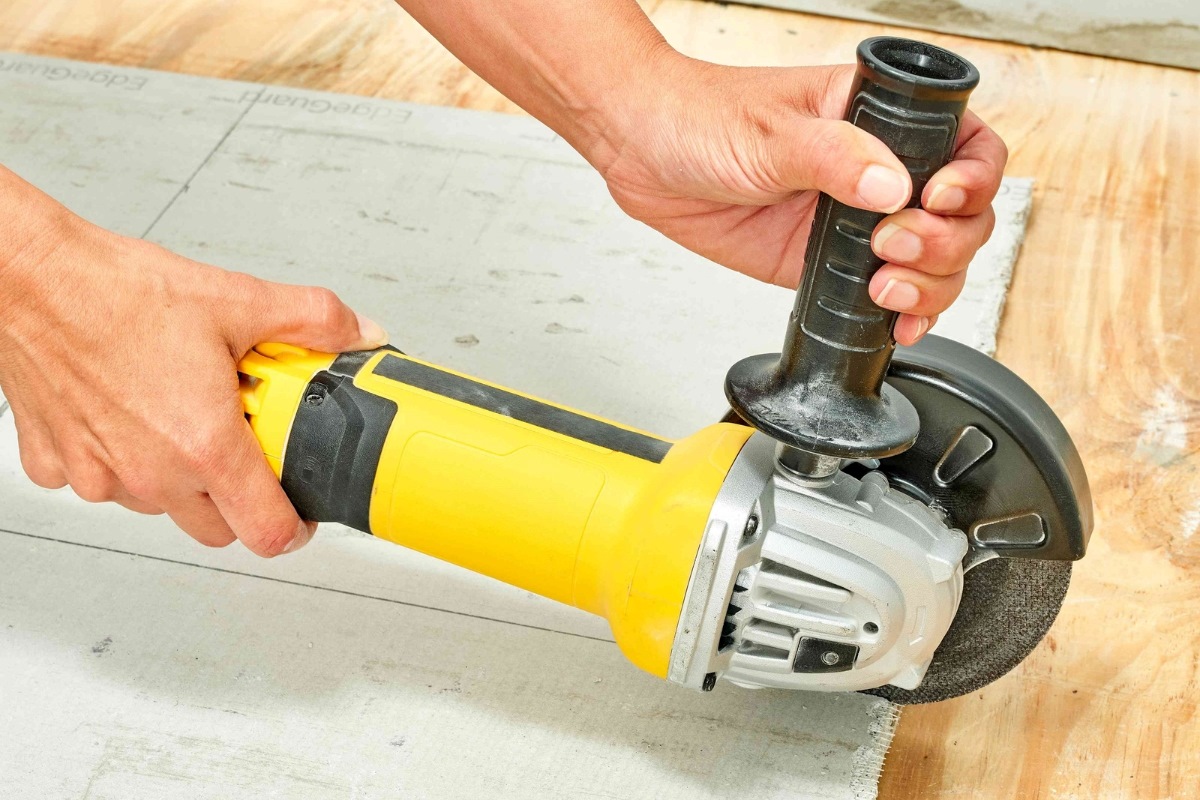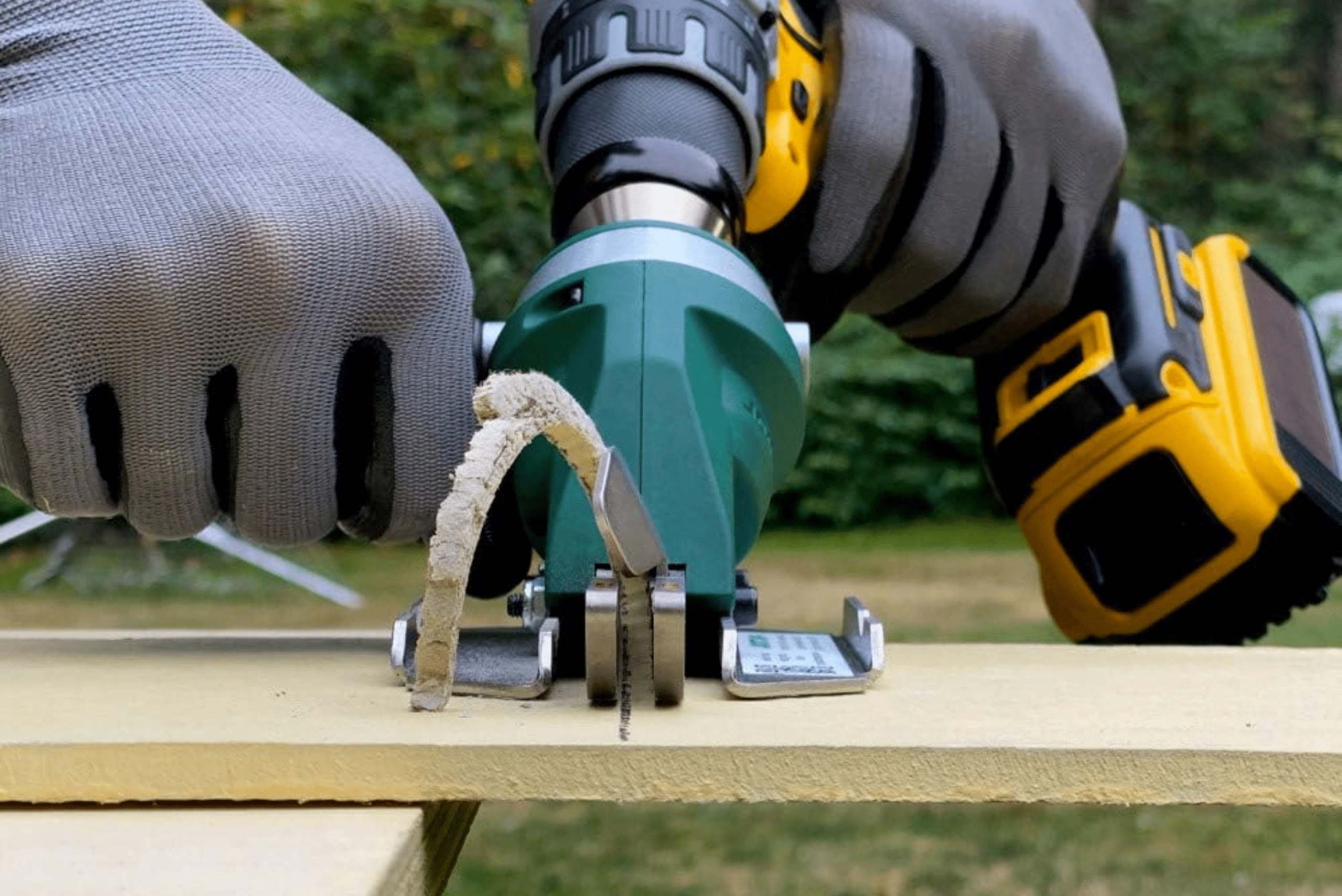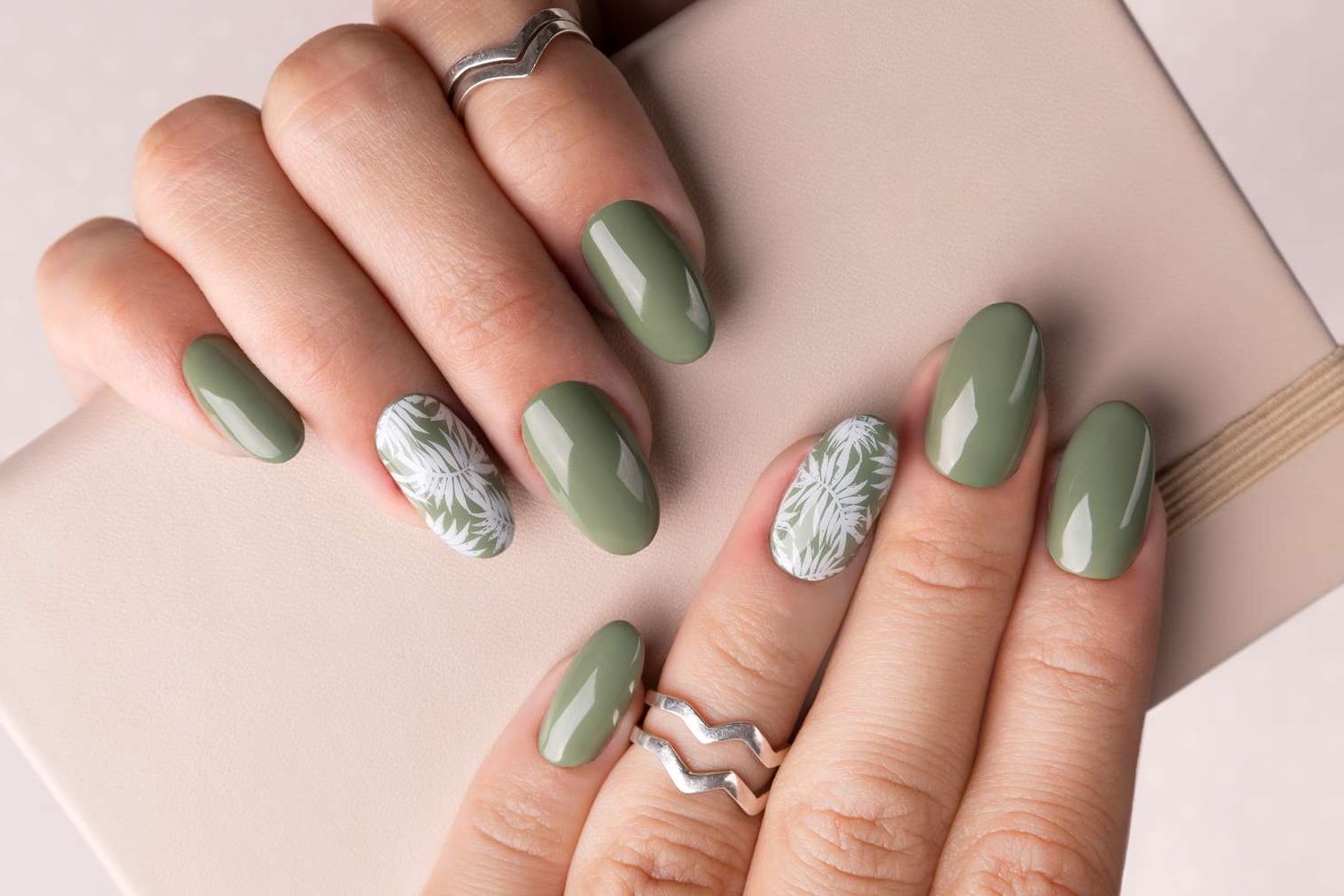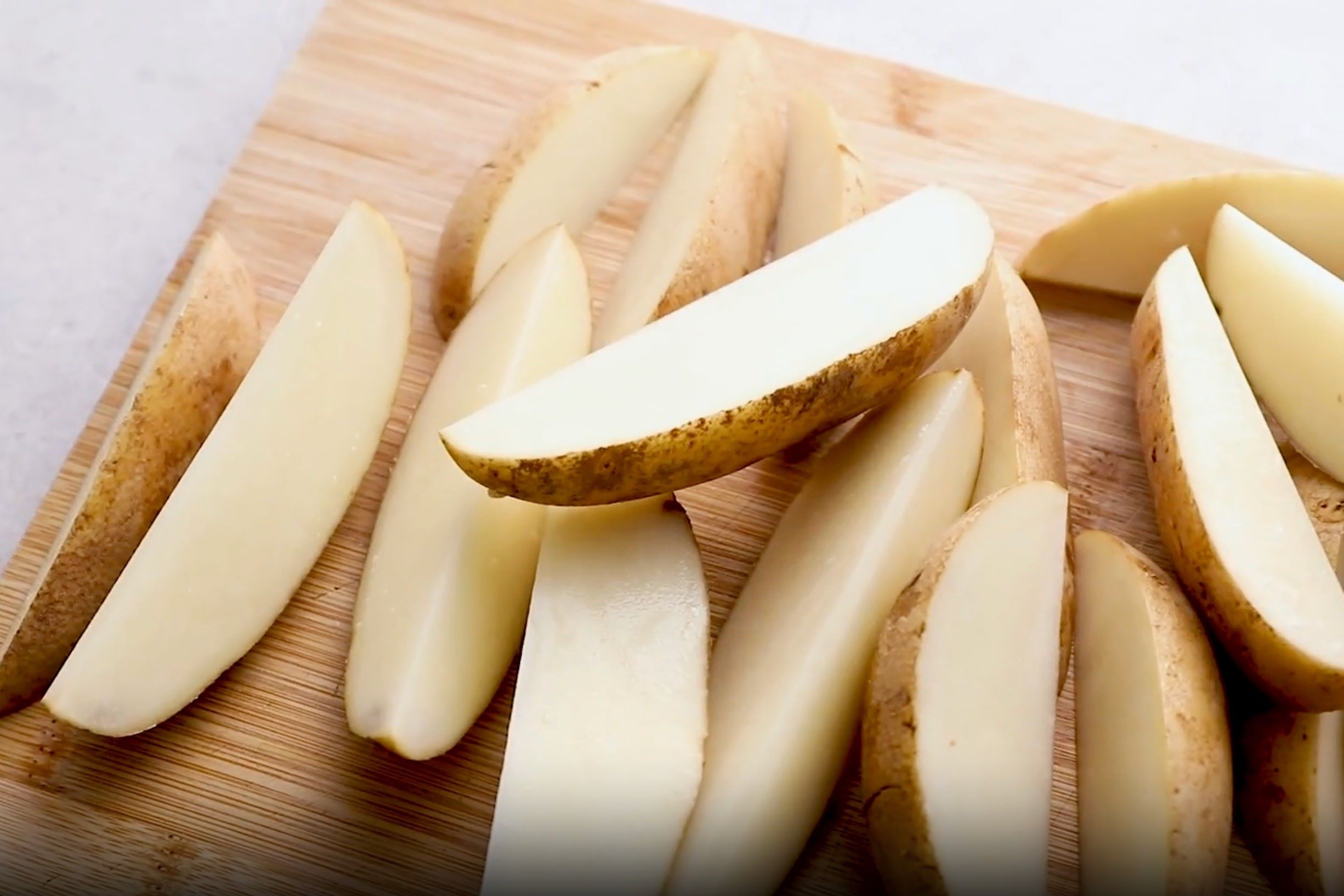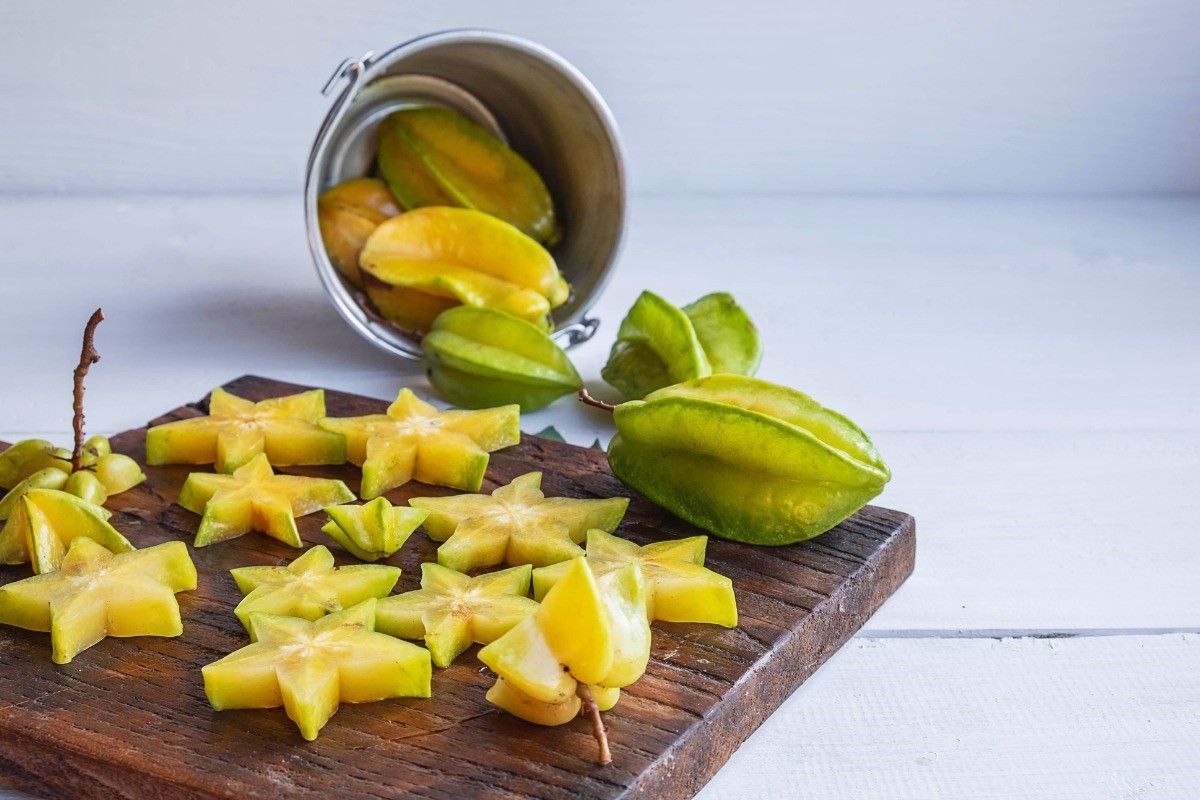Home>Pets & Animals>How To Cut Black Dog Nails
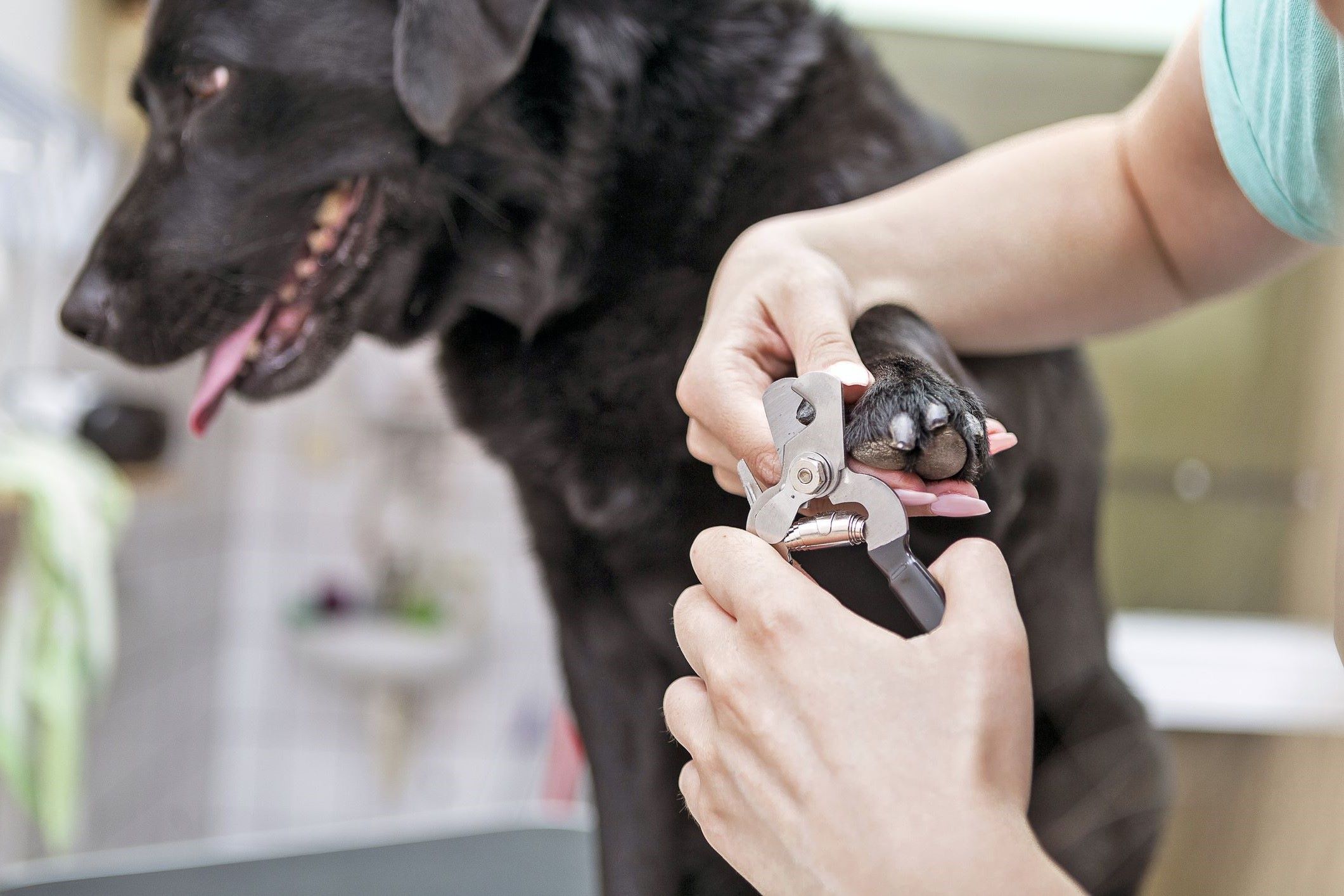

Pets & Animals
How To Cut Black Dog Nails
Published: March 7, 2024
Learn how to safely trim your black dog's nails at home with our step-by-step guide. Keep your pet's nails healthy and happy with our expert tips. Perfect for pet owners!
(Many of the links in this article redirect to a specific reviewed product. Your purchase of these products through affiliate links helps to generate commission for Noodls.com, at no extra cost. Learn more)
Table of Contents
Introduction
Trimming a dog's nails is an essential part of maintaining their overall health and well-being. While it may seem like a daunting task, especially when dealing with black dog nails, it is crucial to understand the importance of regular nail maintenance for your furry friend. Black dog nails can be particularly challenging to trim due to the difficulty in identifying the quick, the sensitive blood vessel inside the nail. However, with the right tools, techniques, and a calm approach, you can effectively trim your black dog's nails without causing them discomfort or stress.
Proper nail care is vital for your dog's comfort and mobility. Overgrown nails can lead to various issues, including discomfort when walking, difficulty in maintaining balance, and even potential joint problems. By keeping your dog's nails at an appropriate length, you can help prevent these issues and ensure that they can move around comfortably and confidently.
In this comprehensive guide, we will delve into the intricacies of trimming black dog nails, providing you with valuable insights, step-by-step instructions, and essential tips to make the process as smooth and stress-free as possible for both you and your beloved canine companion. Understanding the anatomy of a dog's nail, gathering the necessary tools and supplies, and learning the best techniques for trimming black dog nails are all crucial aspects that we will explore in detail. Additionally, we will discuss potential risks associated with nail trimming and how to handle them with care and expertise.
By the end of this guide, you will feel empowered and well-equipped to tackle the task of cutting your black dog's nails with confidence and precision. Let's embark on this journey together, ensuring that your dog's nail care routine becomes a positive and rewarding experience for both of you.
Understanding the Anatomy of a Dog's Nail
Before embarking on the task of trimming your black dog's nails, it is crucial to have a clear understanding of the nail's anatomy. A dog's nail consists of several distinct components, each serving a specific purpose in maintaining the health and functionality of the paw.
-
Outer Shell: The visible part of the nail, known as the outer shell, is composed of tough and durable keratin. This outer layer provides protection to the sensitive tissues within the nail and plays a vital role in enabling the dog to scratch, dig, and maintain traction while walking or running.
-
Quick: The quick is a core component of the nail and comprises blood vessels and nerves. In black dog nails, the quick is particularly challenging to identify due to the lack of visibility. It is essential to exercise caution when trimming the nails to avoid cutting into the quick, which can cause bleeding and discomfort for the dog.
-
Nail Bed: Beneath the outer shell lies the nail bed, which is rich in blood vessels and contributes to the nourishment and growth of the nail. Understanding the location and sensitivity of the nail bed is crucial for ensuring a safe and effective nail trimming process.
-
Cuticle: Similar to human nails, dogs also have a cuticle, or the thin layer of skin that surrounds the base of the nail. The cuticle serves as a protective barrier, guarding the nail bed against potential infections and injuries.
-
Sensory Receptors: The nails are equipped with sensory receptors that provide dogs with tactile feedback, aiding them in navigating various terrains and surfaces. These receptors play a role in the dog's overall sensory perception and contribute to their ability to maintain balance and stability.
By familiarizing yourself with the intricate anatomy of a dog's nail, you gain valuable insights into the delicate nature of the nail and the importance of exercising care and precision during the trimming process. With this foundational knowledge, you can proceed to gather the necessary tools and supplies and prepare for the step-by-step guide to cutting black dog nails.
Tools and Supplies Needed for Cutting Black Dog Nails
When it comes to trimming your black dog's nails, having the right tools and supplies at your disposal is essential for a safe and effective grooming experience. Here's a comprehensive list of items you'll need to ensure a smooth nail trimming process:
-
Quality Nail Clippers: Invest in high-quality nail clippers specifically designed for dogs. There are various types available, including guillotine-style clippers and scissor-style clippers. Choose a sturdy and sharp pair that can cleanly cut through the tough keratin of your dog's nails.
-
Styptic Powder or Gel: Accidents can happen, and if you accidentally cut into the quick, having styptic powder or gel on hand can help stop the bleeding quickly. This essential item provides a safe and effective way to staunch minor bleeding and alleviate any discomfort for your dog.
-
Pet-Friendly Nail File: A nail file designed for pets can be used to smooth any rough edges after trimming. This helps prevent snagging and minimizes the risk of the nails getting caught on surfaces.
-
Treats and Positive Reinforcement: Treats serve as a valuable tool for positive reinforcement during the nail trimming process. By rewarding your dog with treats and praise, you can create a positive association with nail care, making the experience more enjoyable for your furry friend.
-
Good Lighting: Adequate lighting is crucial for identifying the quick in black dog nails. Ensure that you have a well-lit area to work in, allowing you to see the nail clearly and minimize the risk of cutting into the sensitive quick.
-
Towel or Blanket: Having a towel or blanket on hand can provide a comfortable surface for your dog to rest on during the nail trimming session. This helps create a sense of security and relaxation for your pet.
-
Calm and Patient Demeanor: While not a physical tool, maintaining a calm and patient demeanor is essential for a successful nail trimming experience. Dogs are highly attuned to their owners' emotions, so approaching the task with a relaxed and composed attitude can help keep your dog at ease.
By ensuring that you have these essential tools and supplies on hand, you can approach the task of cutting your black dog's nails with confidence and preparedness. With the right equipment and a positive mindset, you can create a stress-free and comfortable environment for both you and your beloved canine companion.
Step-by-Step Guide to Cutting Black Dog Nails
Trimming black dog nails requires a methodical approach and careful attention to detail to ensure a safe and comfortable experience for your furry friend. Follow these step-by-step instructions to effectively trim your dog's nails while minimizing the risk of cutting into the quick.
-
Prepare the Environment: Find a quiet and well-lit area to conduct the nail trimming session. Ensuring a calm and comfortable environment is essential for keeping your dog relaxed during the process.
-
Familiarize Your Dog with the Tools: Introduce your dog to the nail clippers and other tools before beginning the trimming process. Allow them to sniff and inspect the tools to alleviate any apprehension.
-
Position Your Dog: Gently position your dog in a comfortable and secure manner, either by having them sit or lie down. Use a towel or blanket to provide a soft surface for them to rest on.
-
Examine the Nails: Carefully examine each nail, looking for the quick, which appears as a pinkish area within the nail. In black dog nails, the quick may be challenging to identify, so proceed with caution.
-
Start with the First Nail: Begin with one nail at a time, holding your dog's paw gently but securely. Use the nail clippers to trim a small portion of the nail, avoiding the quick. If in doubt, it's better to trim smaller amounts gradually.
-
Observe for the Quick: As you trim, look for the presence of the quick. If you notice a solid, dark center within the nail, stop trimming immediately to avoid cutting into the sensitive quick.
-
Use Smooth, Even Movements: When using the nail clippers, employ smooth and even movements to ensure a clean cut. Avoid applying excessive pressure, as this can cause discomfort for your dog.
-
File the Nails: After trimming each nail, use a pet-friendly nail file to smooth any rough edges. This helps prevent snagging and minimizes the risk of the nails getting caught on surfaces.
-
Reward and Comfort Your Dog: Throughout the process, offer verbal praise and small treats to reward your dog for their cooperation. This positive reinforcement helps create a pleasant association with nail trimming.
-
Monitor for Signs of Discomfort: Pay attention to your dog's body language and vocalizations. If they show signs of discomfort or distress, pause the trimming process and provide reassurance.
By following this step-by-step guide, you can effectively trim your black dog's nails with care and precision, promoting their comfort and well-being. Remember to approach the task with patience and a gentle touch, creating a positive and stress-free experience for both you and your beloved canine companion.
Tips for Keeping Your Dog Calm During Nail Trimming
Maintaining a calm and relaxed demeanor is essential for ensuring a positive and stress-free nail trimming experience for your dog. Here are valuable tips to help keep your canine companion at ease during the grooming process:
1. Establish a Positive Association:
Create a positive association with nail trimming by introducing the tools and handling your dog's paws regularly, even when you're not trimming their nails. Offer treats and praise during these practice sessions to reinforce a sense of comfort and familiarity with the grooming process.
2. Gradual Desensitization:
Gradually desensitize your dog to the sight and sound of the nail clippers. Start by allowing them to sniff the clippers and rewarding them for showing curiosity and calm behavior. Over time, incorporate gentle touches with the clippers near their paws, rewarding them for remaining calm and relaxed.
3. Utilize Calming Techniques:
Before beginning the nail trimming session, engage in calming activities such as gentle massage or soothing music to help relax your dog. A relaxed environment can significantly reduce anxiety and tension, making the grooming process more manageable for your pet.
4. Maintain a Calm Demeanor:
Dogs are highly attuned to their owners' emotions. Approach the nail trimming process with a calm and composed demeanor, speaking in soothing tones and maintaining a gentle touch. Your reassuring presence can help alleviate any apprehension your dog may feel.
Read more: How To Cut A Watermelon
5. Take Breaks When Needed:
Pay attention to your dog's body language and behavior. If they show signs of discomfort or stress, take breaks as needed. Offering a brief pause allows your dog to relax and regroup, ensuring that the grooming process remains a positive experience for them.
6. Offer Comfort and Reassurance:
Throughout the nail trimming session, offer verbal reassurance and physical comfort to your dog. Gentle strokes and soothing words can provide a sense of security, helping to ease any anxiety they may experience during the grooming process.
7. Use Positive Reinforcement:
Reward your dog with treats and praise for their cooperation and calm behavior during and after the nail trimming session. Positive reinforcement creates a positive association with the grooming experience, making it more enjoyable for your furry friend.
By implementing these tips and techniques, you can create a calm and supportive environment for your dog during nail trimming sessions, fostering a sense of trust and comfort that enhances their overall well-being.
Potential Risks and How to Handle Them
While trimming your black dog's nails, it's important to be aware of potential risks that may arise during the process. Understanding these risks and knowing how to handle them is crucial for ensuring the safety and well-being of your canine companion.
Read more: How To Cut A Cantaloupe
Risk: Accidental Cutting of the Quick
One of the primary risks associated with nail trimming is accidentally cutting into the quick, the sensitive blood vessel inside the nail. This can lead to bleeding and discomfort for your dog.
How to Handle It:
If you accidentally cut the quick, remain calm and composed. Apply styptic powder or gel to the affected nail to staunch the bleeding. Gently apply pressure to the nail to aid in clotting. Comfort your dog and provide reassurance to alleviate any distress they may experience. It's essential to monitor the nail closely and seek veterinary attention if the bleeding persists or if your dog shows signs of prolonged discomfort.
Risk: Over-Trimming and Nail Fractures
Over-trimming a dog's nails can result in nail fractures, causing pain and potential complications. Additionally, excessive trimming can lead to discomfort and reluctance in future nail trimming sessions.
How to Handle It:
To avoid over-trimming, proceed gradually and trim small portions of the nail at a time. Regularly inspect the nail to identify the quick and exercise caution when nearing this sensitive area. If a nail fracture occurs, assess the severity of the injury and provide immediate care. Keep the affected nail clean and monitor your dog for any signs of pain or infection. Seek veterinary attention if necessary.
Read more: How To Cut A Bell Pepper
Risk: Emotional Distress and Anxiety
Nail trimming can be a source of emotional distress and anxiety for some dogs, leading to reluctance and fear during grooming sessions.
How to Handle It:
To address emotional distress, prioritize creating a calm and reassuring environment for your dog. Utilize positive reinforcement, soothing techniques, and breaks as needed to alleviate anxiety. Gradually desensitize your dog to the nail trimming process through regular practice and positive associations. Patience, empathy, and understanding are key in helping your dog overcome emotional distress related to nail trimming.
By being mindful of these potential risks and knowing how to handle them effectively, you can approach the task of trimming your black dog's nails with confidence and preparedness. Prioritizing your dog's comfort and well-being while remaining attentive to their needs is essential in fostering a positive and stress-free nail trimming experience.
Conclusion
In conclusion, mastering the art of trimming black dog nails is a valuable skill that contributes to the overall well-being and comfort of your canine companion. By understanding the intricate anatomy of a dog's nail and equipping yourself with the necessary tools and supplies, you can approach the nail trimming process with confidence and expertise. The step-by-step guide provided offers a systematic approach to trimming black dog nails, emphasizing the importance of patience, precision, and a gentle touch.
It's essential to recognize the significance of maintaining a calm and supportive environment during nail trimming sessions. Dogs are highly attuned to their owners' emotions, and by approaching the grooming process with a composed demeanor and utilizing positive reinforcement, you can create a positive association with nail care for your furry friend. Additionally, the tips for keeping your dog calm during nail trimming serve as valuable strategies for fostering trust and comfort, ultimately enhancing the grooming experience for both you and your dog.
While the potential risks associated with nail trimming should be acknowledged, knowing how to handle these situations with care and attentiveness is paramount. Accidental cutting of the quick, over-trimming, and emotional distress are risks that can be mitigated through vigilance, patience, and swift action when necessary. By prioritizing your dog's comfort and well-being, you can navigate the nail trimming process with empathy and expertise, ensuring a positive and stress-free experience for your beloved pet.
In essence, the journey of trimming black dog nails is an opportunity to strengthen the bond between you and your dog, fostering trust, comfort, and mutual understanding. With the knowledge and insights gained from this comprehensive guide, you are well-equipped to embark on this grooming endeavor with confidence and compassion. By embracing the task of nail trimming as a positive and rewarding experience, you contribute to the overall health and happiness of your canine companion, enriching the bond that you share.
